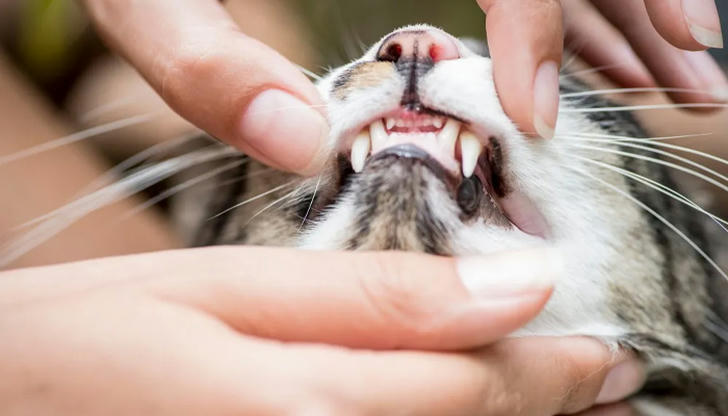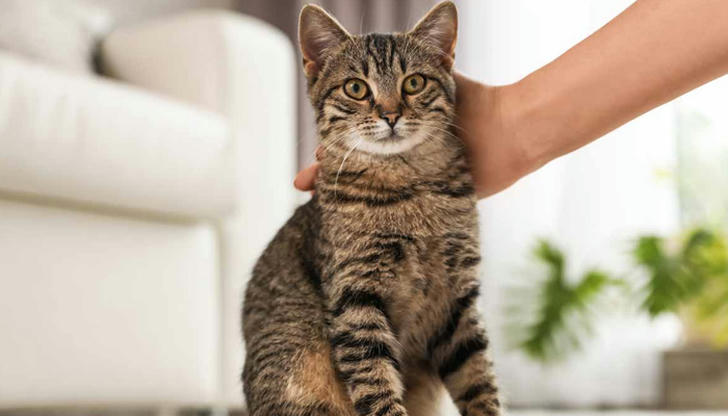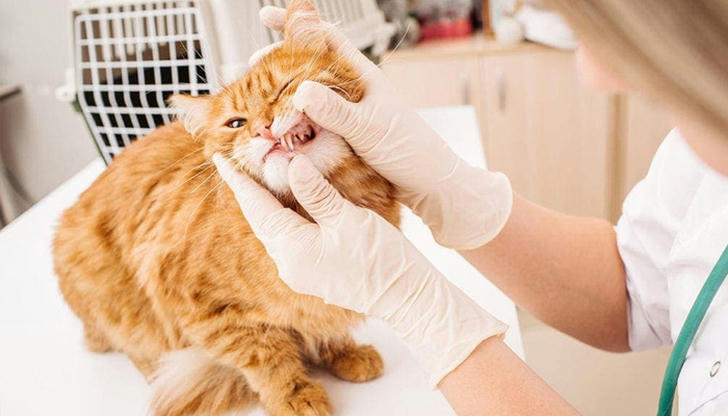How to Tell Your Cat’s Age
Determining a cat's age can be a bit of a puzzle, especially if you've adopted an adult cat and don't have access to its records. However, there are several methods you can use to estimate your feline friend's age. Here's a comprehensive guide to help you figure it out.

Physical Examination
- Teeth
A cat's teeth can reveal a lot about its age. Kittens have baby teeth that start to come in around 2 to 4 weeks of age, and by 4 months, they have a full set of baby teeth. Adult teeth come in around 7 months, and by 1 year, the adult teeth are fully developed. Another method is looking for the signs of wear, tartar buildup, and tooth loss, which can indicate an older cat.
- Coat and Fur
A kitten's coat is typically soft and fine, while an adult cat's fur is thicker and coarser. As cats age, their fur may become thinner, and they might develop a grayer appearance, particularly around the muzzle and face.
- Eyes
The clarity and brightness of a cat's eyes can change with age. Older cats may have cloudier eyes or a bluish haze. It’s not really noticeable until a cat is about 10 years old—then their eyes might start to look a little cloudy.
- Body Condition
Younger cats are generally more agile and have a leaner body shape. As cats age, they may become less active and put on weight, leading to a more rounded body.

Behavioral Observations
- Playfulness
Kittens and young cats are often very playful and energetic. As they mature, their playfulness may decrease, and they might prefer lounging over active play.
- Social Interaction
Older cats may be more set in their ways and less tolerant of changes in their environment or routine. They might also be less interested in socializing with other cats or humans.
- Grooming Habits
Cats are very meticulous when it comes to grooming, and most younger cats will keep their coats looking pristine. However, once cats reach a certain age, they might not be as thorough with their grooming as they once were. Dental issues in particular can cause a cat to stop grooming because it is painful.

Vet Checkup
The most accurate way to determine a cat's age is through a veterinary examination. Your vet can assess your cat's overall health and use their expertise to estimate the age based on the physical and behavioral signs mentioned above.
- Using Age-Related Health Milestones
Cats reach certain health milestones at specific ages. For example, kittens receive their primary vaccinations between 6 and 16 weeks, and they're typically neutered or spayed before they're 6 months old. Certain diseases, like kidney disease or an overactive thyroid, are quite common in older cats but relatively rare in the young.
- Genetics and Breed
Some cat breeds have distinct physical characteristics that can be indicative of age. For example, certain breeds may have a more pronounced aging process, with visible signs of aging appearing earlier than in other breeds.
In conclusion, while it's not always easy to pinpoint a cat's exact age, a combination of physical examination, behavioral observations, and veterinary assessment can provide a reasonable estimate. Remember, each cat is unique, and age can manifest differently based on genetics, breed, and overall health. Regular vet visits are crucial for maintaining your cat's health, regardless of their age.
